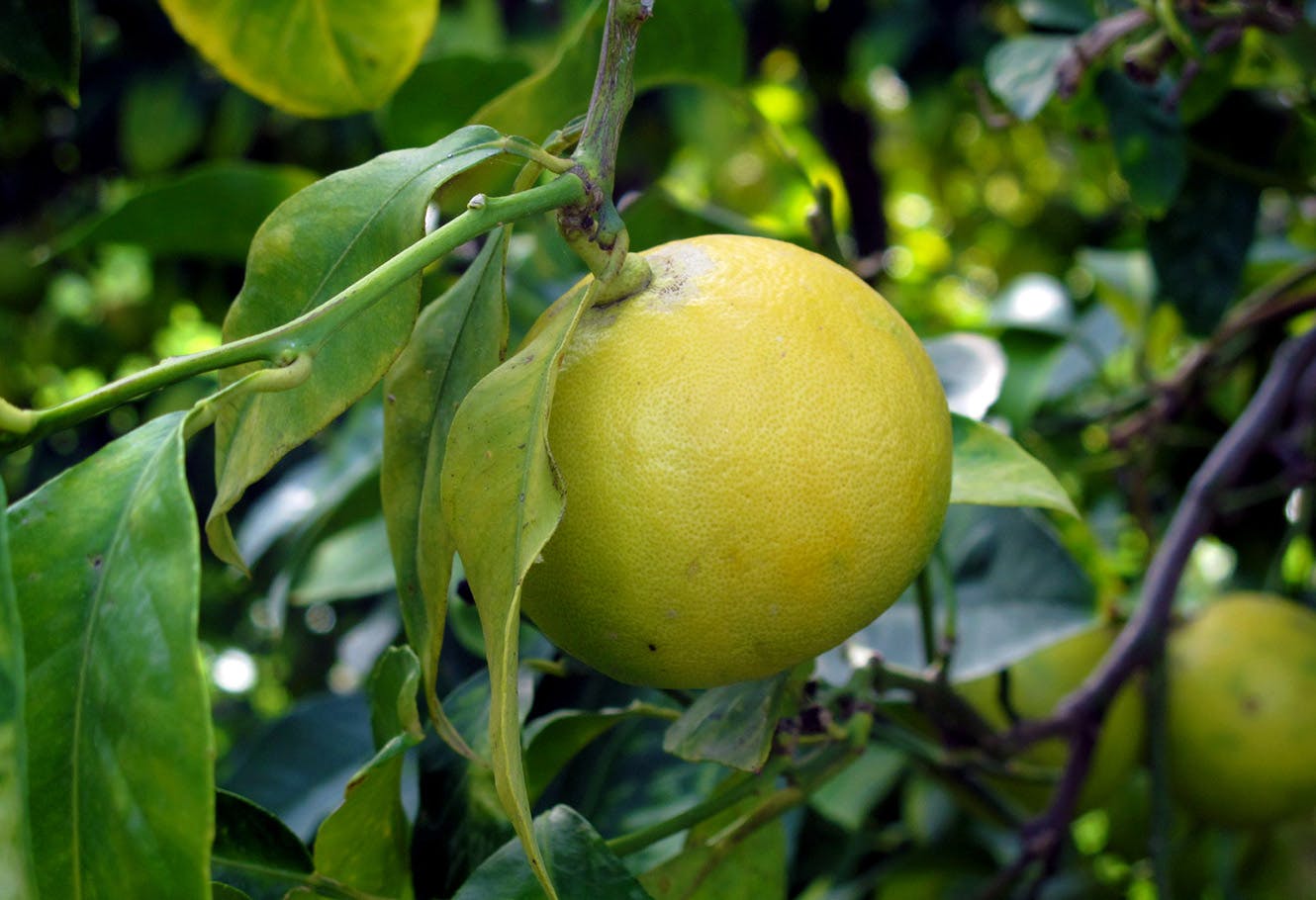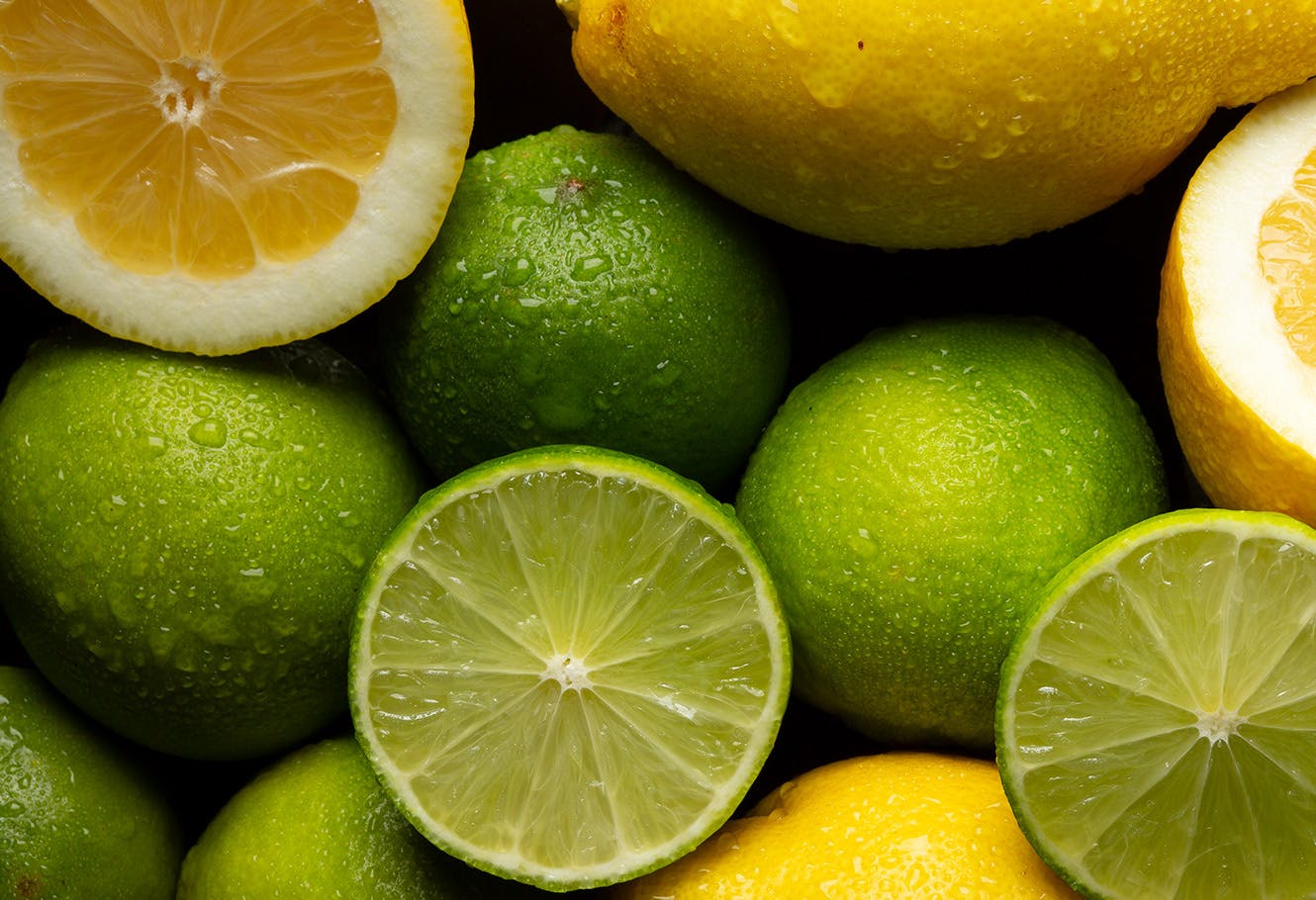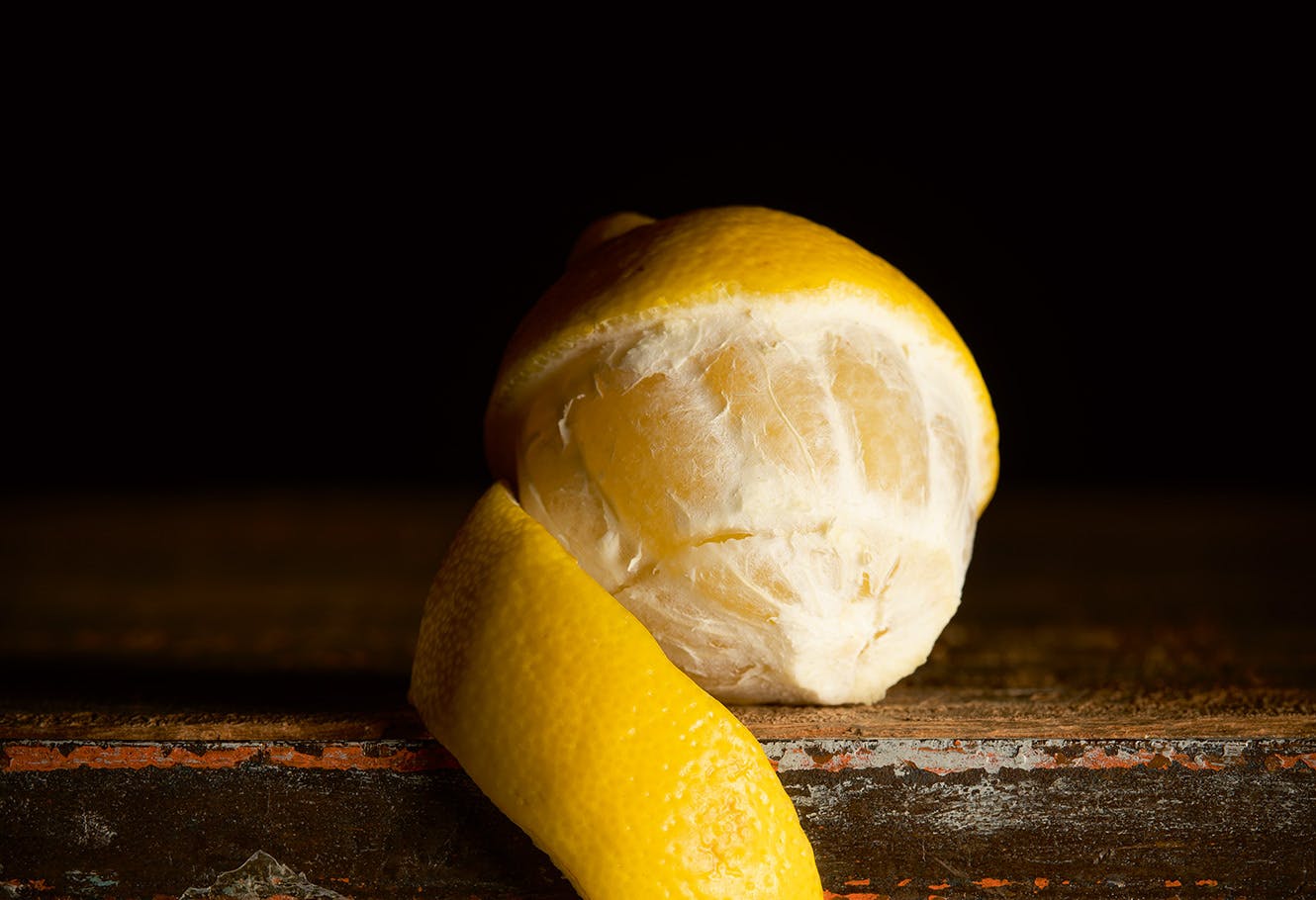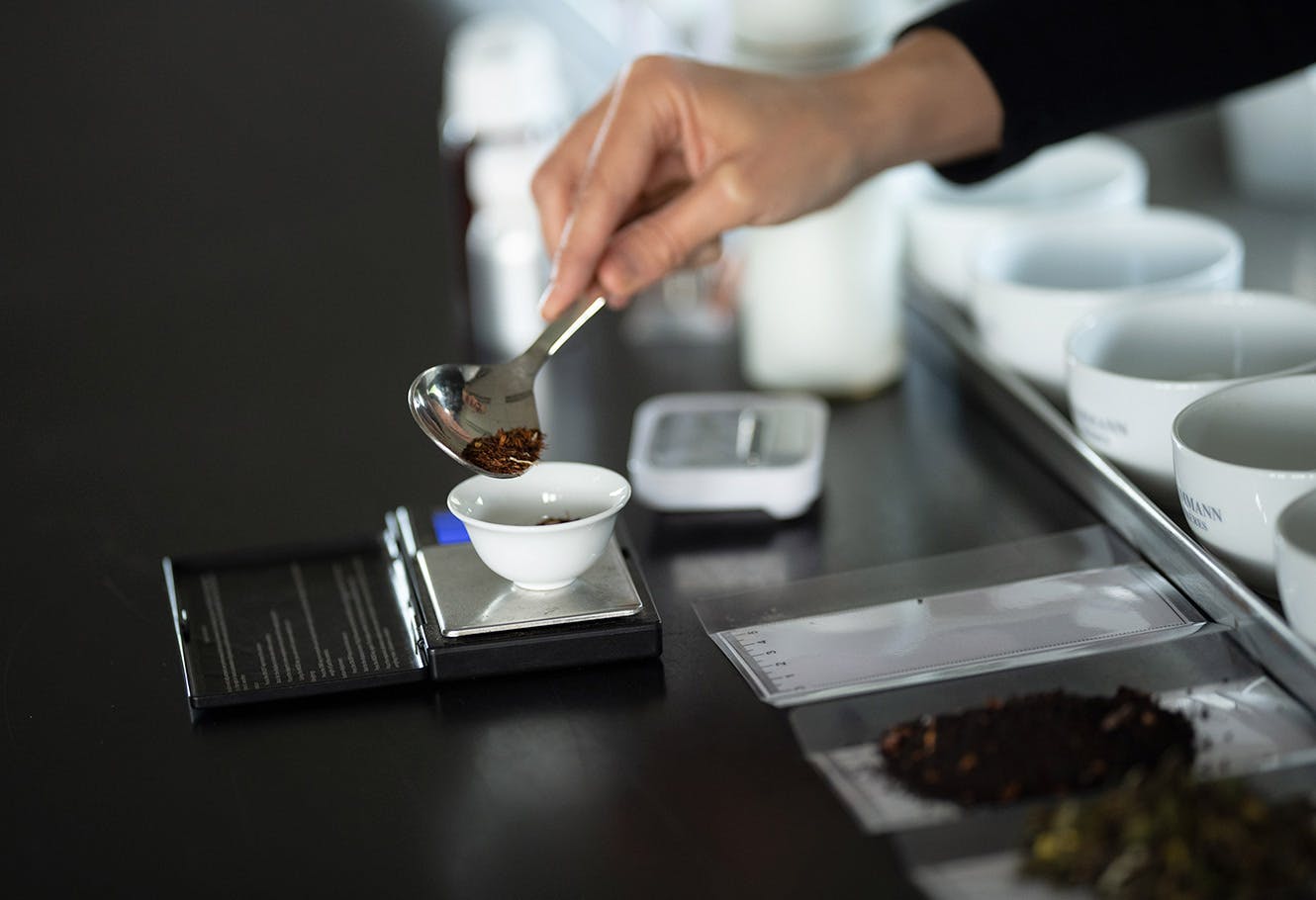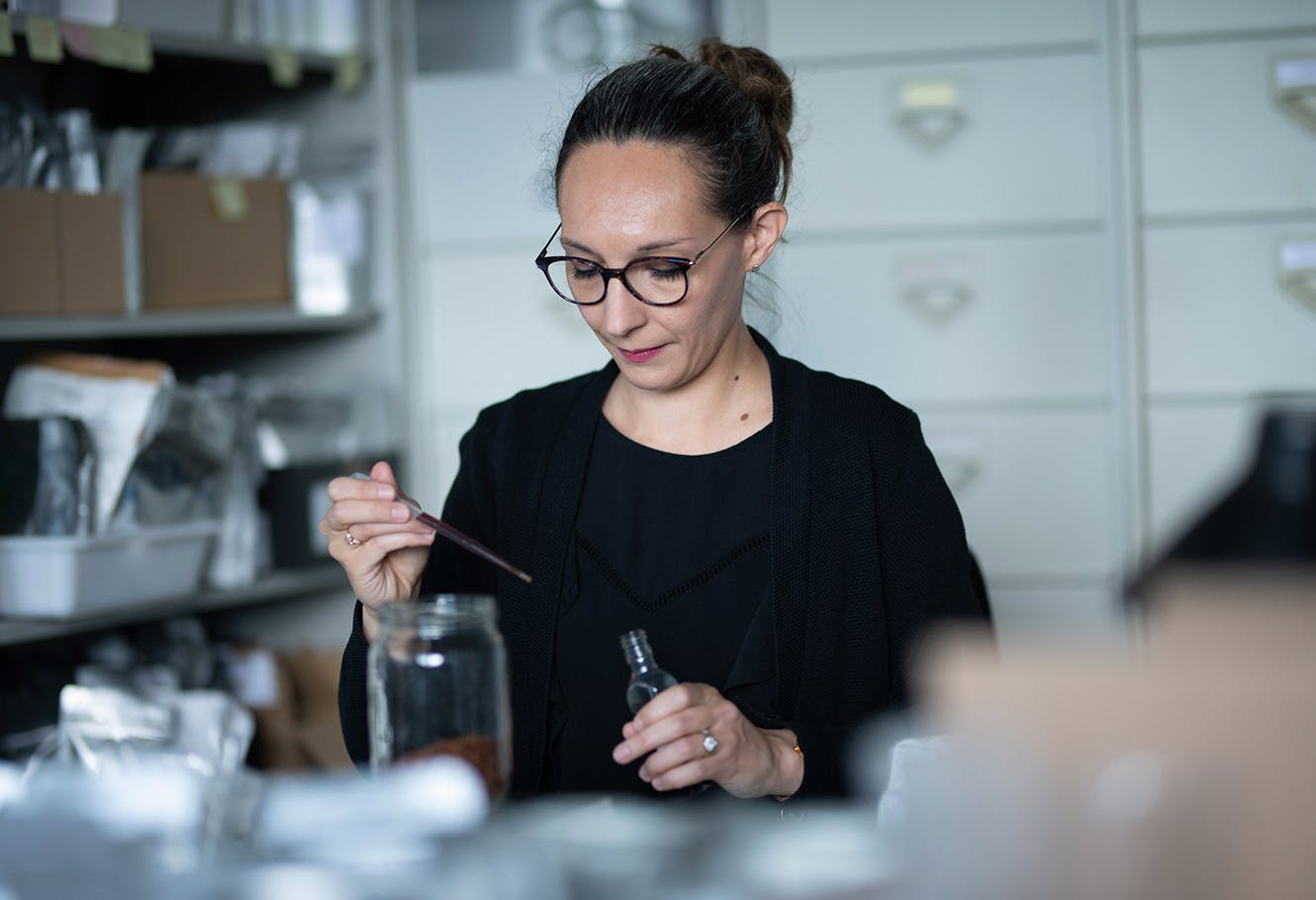What bergamot is?
Since ancient times, the Chinese have been mostly drinking flavored teas, with green teas perfumed with fresh jasmine flowers to name only the most well-known.
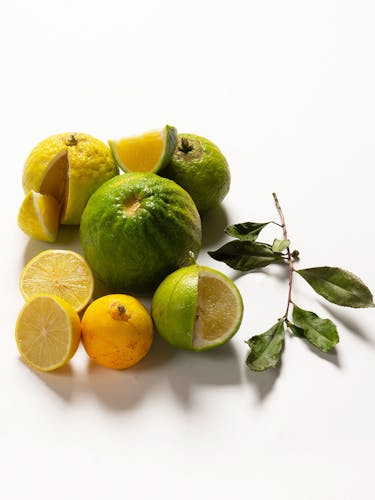
A leap through the centuries brings us to the 19th century and the recipe transmitted by a mandarin to Earl Edouard GREY, who was the British Foreign Secretary at the time. Earl Grey adapted this ancient Chinese recipe to the current tastes: a tea flavored with bergamot, and the famous Earl Grey tea was born. The 1950s saw the development of citrus fruit teas; many blends were created by Jean JUMEAU-LAFOND, the DAMMANN Frères expert. This marvellously aromatic essential oil has at times found itself associated on its own with various teas and, at other times, combined with other citrus fruit essential oils, thus increasing the aromatic range of flavorful teas with multiple notes and colors.
A little-known fruit.
The bergamot orange (Citrus bergamia) is a citrus fruit tree from the Rutaceae family. We don’t know the exact origins of this plant nor how it was introduced but it would seem to have been imported from the Canary Islands by Christopher COLUMBUS.
Its name comes from the Turkish 'Beg-âr-mu-di', which means 'prince of pears' because of this citrus fruit’s resemblance to a pear variety.
Bergamot is a hybrid fruit created from the crossing of a Citrus aurantium (which produces bitter oranges) with a Citrus limetta (which produces sweet limes).
Apart from South America and West Africa, it is mostly found in the region of Calabria in Southern Italy where the first bergamot orange tree was apparently planted around 1750.
This tree does not exceed 4 metres in height, its leaves are dark green, and it produces very fragrant white flowers when it blossoms. The fruit, which weighs 80 to 200 grams, is too bitter to be eaten and is used mainly in the production of essential oil.
Harvested from November to March, bergamots are picked well before they are ripe in order to produce a high-quality essential oil with exceptional freshness and fruitiness.
Earl Grey production, past and present.
The DAMMANN Frères veterans still tell of how they used to flavor Earl Grey until the 1960s: the bergamot essential oil was poured drop by drop onto blotting paper left on a bed of Chinese tea. The layers remained like this for two weeks or so until the infusion was complete.
Today, DAMMANN Frères still takes as much care in the selection of its natural bergamot from producers in Calabria and the flavoring process is undertaken in specific mixers where tea and essential oil are harmonised and balanced to produce your cup of this most famous tea in the world.
Our selection of bergamot teas
Our articles on bergamot tea
Our articles on bergamot tea
